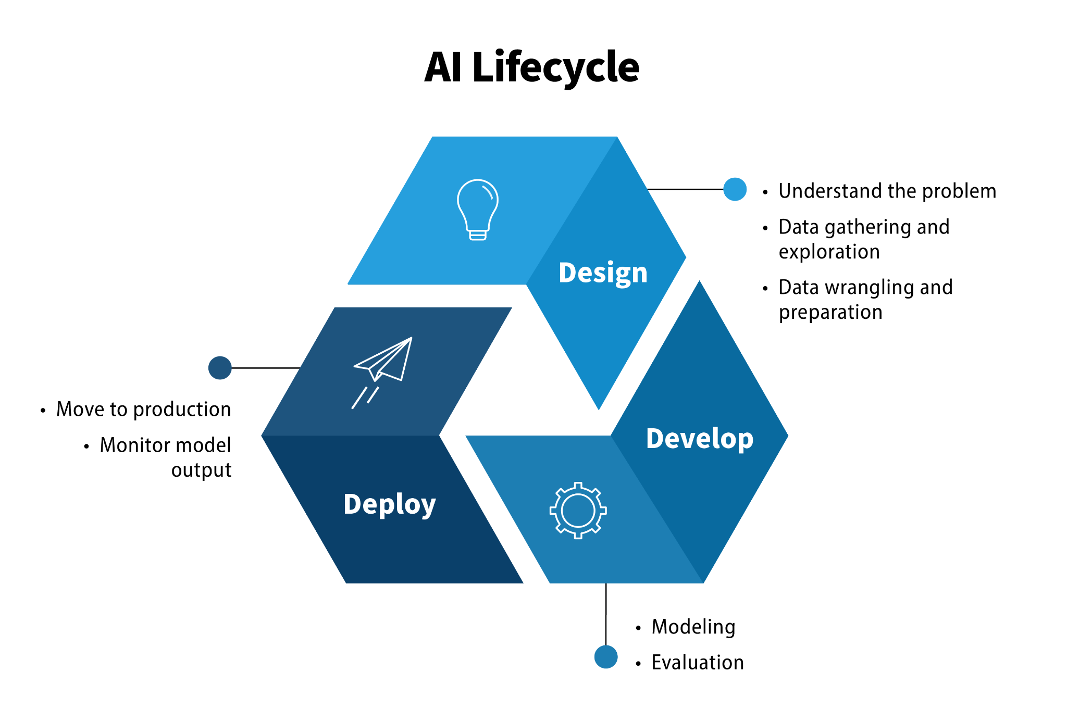Orchestration in cloud computing refers to the automated coordination and management of complex systems and services to achieve specific tasks and workflows. In cloud environments, orchestration is particularly important because it streamlines the deployment, scaling, and lifecycle management of applications and services across multiple cloud resources.
Key Aspects of Orchestration in Cloud Computing:
- Automation: Orchestration automates repetitive or complex tasks that would otherwise need to be manually managed. This could involve deploying applications, configuring network settings, scaling resources up or down, or managing storage.
- Coordination of Resources: Orchestration ensures that various cloud services—such as compute, storage, networking, and security—work together seamlessly to support applications and business processes.
- Workflow Management: Orchestration defines and manages the sequence of tasks required to deploy and manage cloud resources and applications. This often involves setting rules and policies for provisioning, scaling, and maintaining cloud infrastructure.
- Service Dependencies: Cloud orchestration understands the interdependencies between different services and ensures they are deployed in the right order. For example, ensuring that a database service is available before starting the application services that rely on it.
- Multi-Cloud and Hybrid Cloud Management: In complex cloud environments, orchestration can span across multiple cloud providers or hybrid environments, ensuring that workloads are managed consistently across different infrastructures.
Orchestration vs. Automation:
While automation typically refers to executing individual tasks or scripts automatically, orchestration involves automating and coordinating multiple tasks, services, or systems to achieve a broader workflow or objective. Orchestration involves a higher level of control, managing the end-to-end process and ensuring that everything works in harmony.
Examples of Orchestration in Cloud Computing:
- Container Orchestration (Kubernetes):
Kubernetes is a prime example of orchestration in cloud computing, specifically in managing containers. It automates the deployment, scaling, and management of containerized applications across a cluster of servers. Kubernetes handles:
- Scheduling: Deciding where and when containers should be deployed.
- Scaling: Increasing or decreasing the number of containers based on demand.
- Self-Healing: Restarting failed containers or moving them to healthy nodes.
- Networking: Connecting containers across nodes and managing load balancing.
- Cloud Service Orchestration:
Many cloud providers (AWS, Azure, Google Cloud) offer orchestration services such as AWS CloudFormation, Azure Resource Manager, and Google Cloud Deployment Manager. These services allow you to define infrastructure as code (IaC) and manage the deployment and configuration of cloud resources as part of a larger workflow. This enables consistent, repeatable provisioning of resources. - Serverless Orchestration:
Orchestration can also apply to serverless functions (like AWS Lambda or Azure Functions), where multiple functions or services are chained together to perform a complex task. Tools like AWS Step Functions or Azure Logic Apps orchestrate workflows between different serverless functions and services without manual intervention. - Infrastructure as a Service (IaaS) Orchestration:
Orchestration helps manage virtual machines, storage, and network configurations automatically. For example, OpenStack Heat can be used to orchestrate the deployment and management of infrastructure resources in an OpenStack cloud.
Benefits of Orchestration in Cloud Computing:
- Efficiency: Orchestration minimizes the need for manual intervention in managing cloud resources, reducing the risk of errors and speeding up deployment times.
- Scalability: With orchestration, cloud services can be scaled up or down automatically based on demand, making it easier to manage fluctuating workloads.
- Consistency: By defining processes and workflows in a repeatable manner, orchestration ensures consistent deployment and management of resources across different environments (development, testing, production).
- Cost Optimization: Orchestration can help optimize cloud costs by automatically shutting down unused resources or scaling down services when demand is low.
- Improved Resilience: Orchestration often includes self-healing mechanisms, such as automatically restarting failed services or moving workloads to healthy infrastructure, enhancing overall system resilience.
In summary, orchestration in cloud computing enables automated, efficient, and consistent management of cloud infrastructure and services, making it easier for businesses to deploy and scale complex applications across diverse environments.




